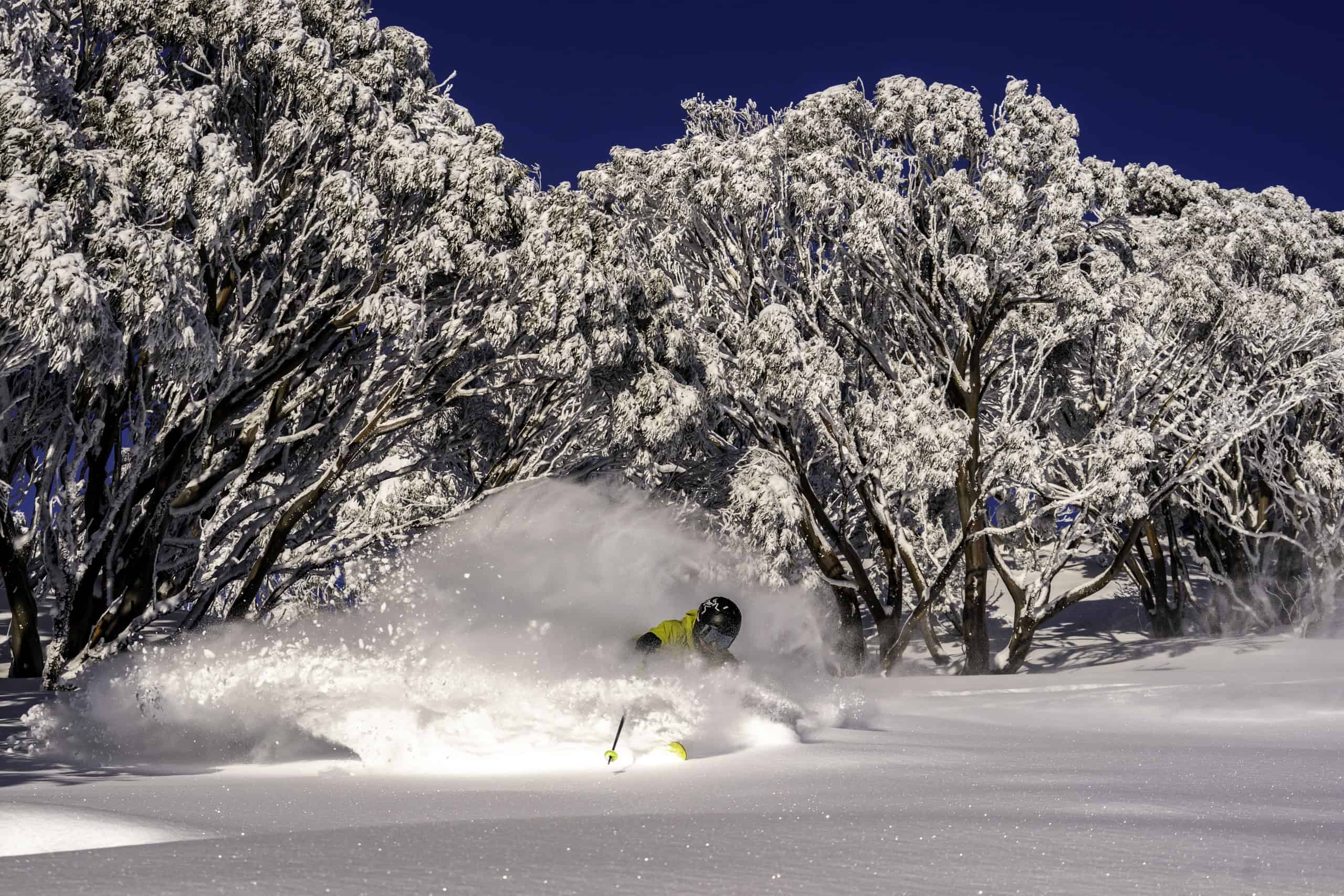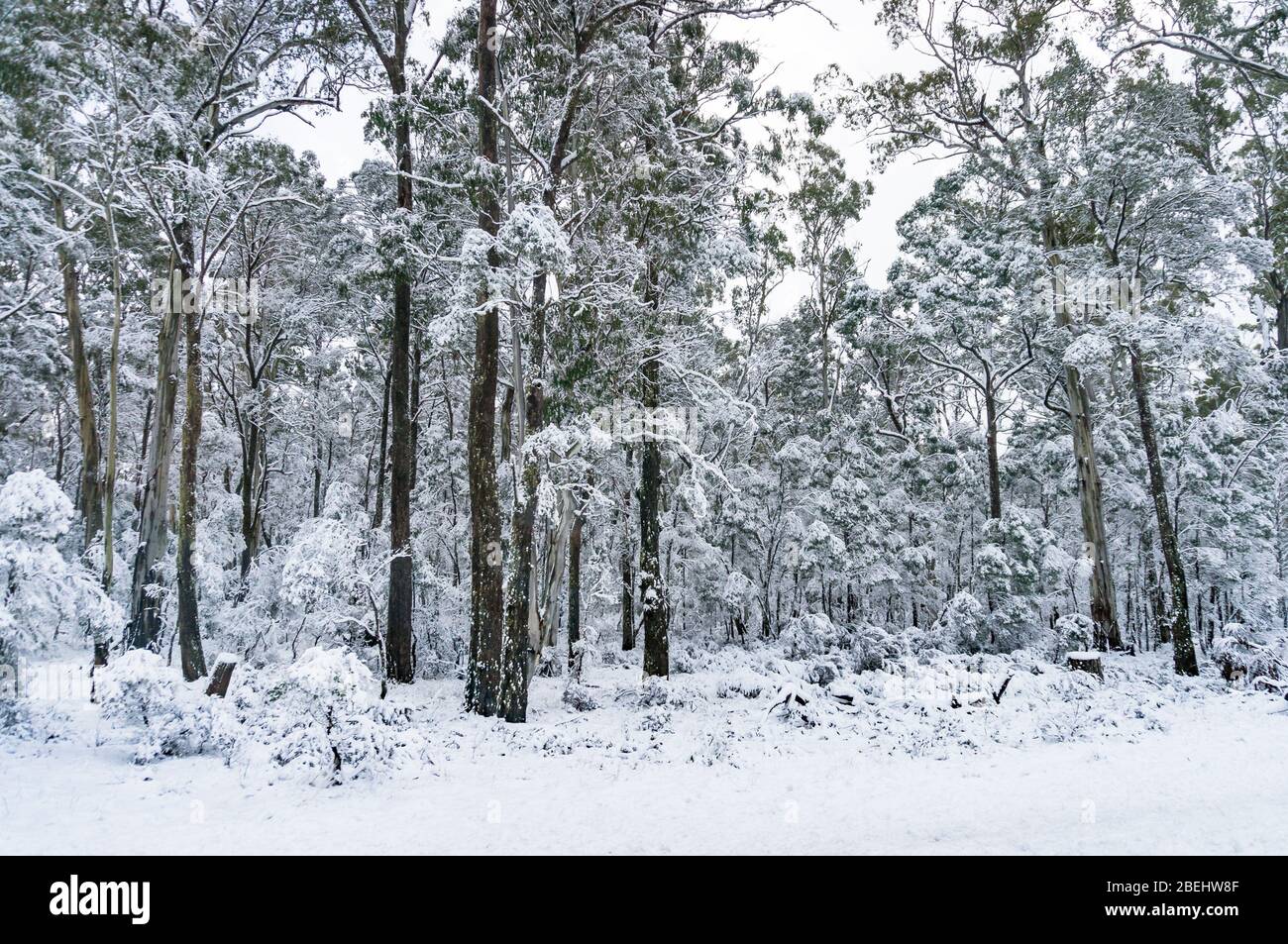The Different Kinds of Snow in Australia and Their Effect On Wintertime Sports
Australia, known for its sun-soaked beaches, is likewise home to a diverse range of snow conditions that dramatically affect winter season sporting activities. Each kind, from the wet coastal snow to the dry indoor powder, provides special challenges and benefits for professional athletes. An understanding of these variations is necessary for those seeking to browse the Australian slopes, as each needs different strategies and strength. The adhering to expedition will review the effects of these snow types on wintertime sports performance.

Understanding the Characteristics of Different Snow Kinds
While many think that snow is a homogeneous entity, it is vital to recognize that there are various types, each with one-of-a-kind qualities. These distinctions in snow type aren't merely visual; they considerably influence wintertime sporting activities, dictating the ease of movement, the rate obtainable, and the degree of control required from athletes.
The Impacts of Powder Snow on Skiing and Snowboarding
Despite its light and cosy look, powder snow in the Australian Alps offers both unique challenges and chances for winter months sporting activities enthusiasts, especially those involved in snowboarding and snowboarding. The flexible and smooth surface of powder snow likewise lowers danger of injury during drops, making it a recommended option for extreme winter sporting activities.

The Difficulties and Benefits of Packed Snow in Winter Months Sports
Moving emphasis from the loosened, dry powder snow, another widespread type of snow in the Australian Alps is packed snow, posturing its own set of difficulties and benefits in the realm of winter season sporting activities. This denser, more solidified type of snow offers a much faster, slicker surface, benefiting sporting activities like downhill skiing and snowboarding, improving speed and accuracy. Nonetheless, the same attributes additionally existing challenges. Its difficult surface can be risky, boosting the capacity for injuries during falls. Moreover, regulating and navigating turns rate can be hard on jam-packed snow, needing higher ability degrees from athletes. Regardless of these challenges, loaded snow continues to be an essential component in lots of wintertime sports, shaping the performance and techniques of professional athletes.
The Function of Damp Snow in Australian Winters Months Games
In contrast to the dense, glossy surface area of packed snow, damp snow plays a completely various function in Australian wintertime video games. Does Australia Get Snow. Its pliability makes it optimal for snow sculpting events and for fortifying snow frameworks in sporting activities like snow fort fights.

How Slushy Snow Impacts Winter Months Sports Efficiency
Proceeding the exploration of differing snow why not find out more problems in Australia, the influence of slushy snow on winter season sports is an additional appealing element. Slushy snow, resulting from warmer temperatures or straight sunshine, postures one-of-a-kind challenges to professional athletes. It reduces rate and calls for boosted exertion as the devices penetrates the soft, water-saturated snow. In skiing and snowboarding, slushy conditions can impact the predictability of turns and dives, boosting the danger of mishaps. For snowmobiling, the maker's efficiency may be hindered as it struggles to preserve traction. Thus, slushy snow transforms the winter season sports landscape, demanding not just heightened physical effort from professional athletes yet also a better focus on safety preventative measures.
Adjusting Winter Months Sports Techniques to Numerous Snow Conditions

Verdict
In final thought, Australia's diverse snow types significantly impact winter season sporting activities efficiency. Each type, from the slick seaside snow to the drier interior powder and the heavy, sticky damp snow, presents distinct challenges and site benefits.
Moving emphasis from the loose, completely dry powder snow, an additional prevalent type of snow in the Australian Alps is jam-packed snow, presenting its very own collection of obstacles and advantages in the world of winter season sports - Snow In Australia.In comparison to the dense, slick surface of stuffed snow, wet snow plays a totally different role in Australian wintertime games. Its malleability makes it optimal for snow sculpting events and for strengthening snow frameworks in sports like snow ft fights.Proceeding the exploration of varying snow problems in Australia, the influence of slushy snow on winter sports is another fascinating aspect. Each kind, from the slick seaside snow to the drier indoor powder and the hefty, sticky wet snow, provides special challenges and advantages
Comments on “Learn Why Snow In Australia is a Bucket-List Experience for Winter Enthusiasts”